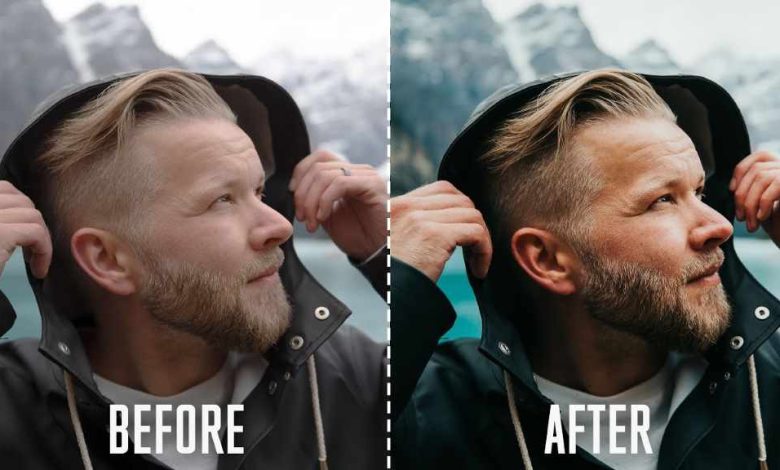
In the age of social media and digital content, the ability to edit your photos isn’t just a nice skill—it’s often essential. Whether you’re a professional photographer, an influencer, or simply someone who wants to share better-looking pictures with friends and family, knowing the basics of photo editing can dramatically improve the impact of your images. Here’s how to wow your audience and make your photos truly shine:
1. Start with the Basics:
- Shooting in RAW: If your camera allows, shoot in RAW format. This file type retains more data than JPEG, giving you greater flexibility during editing.
- Essential Software: You don’t need the most expensive tools. Programs like Adobe Lightroom, Capture One, or even free options like GIMP offer comprehensive editing capabilities.
- Crop and Straighten: Start by cropping your image to improve composition and straighten any tilted horizons. This instantly makes your photo look more professional. Additionally, using curves photo editing can enhance the tonal range of your image, adding depth and richness to the final result.
2. Master the Art of Exposure:
- Exposure Triangle: Understanding the relationship between ISO, aperture, and shutter speed is key to getting a well-exposed shot in the first place.
- Adjusting Exposure in Post: Even if your photo isn’t perfectly exposed, you can often fix it in editing. Increase or decrease the overall exposure, tweak the highlights and shadows, and adjust the whites and blacks to find the right balance.
- HDR (High Dynamic Range): For scenes with a wide range of light, HDR can be useful. Take multiple exposures of the same scene and merge them in post to capture details in both bright and dark areas.
3. Color Correction for a Vibrant Look:
- White Balance: Set the correct white balance to ensure accurate colors. If your photo looks too warm (yellow) or cool (blue), adjust the white balance to neutralize the tones.
- Vibrance and Saturation: Use these tools cautiously to enhance the colors. Vibrance increases the intensity of muted colors while leaving already saturated colors alone, while saturation boosts all colors equally.
- Color Grading: For a more cinematic look, experiment with color grading. This involves shifting the overall color tone of your image to create a specific mood or atmosphere.
4. Fine-Tuning with Advanced Techniques:
- Sharpening: Carefully apply sharpening to enhance detail and texture, but avoid oversharpening, which can introduce noise and artifacts.
- Noise Reduction: If you shot in low light or with a high ISO, noise reduction can help clean up grainy areas. Be mindful not to overdo it, as it can soften the image.
- Local Adjustments: Use tools like brushes or graduated filters to make targeted adjustments to specific parts of your photo. For example, you might want to brighten a subject’s face or darken the sky.
5. Tell a Story with Presets and Styles:
- Presets: Presets are pre-made editing settings that can instantly transform the look of your photo. They’re a great way to experiment with different styles and find one that suits your aesthetic.
- Create Your Own: Once you’re more familiar with editing, develop your own signature style by creating custom presets. This helps to maintain a consistent look across all your images.
6. Beyond the Software:
- Calibration: Calibrate your monitor to ensure the colors you see on screen accurately reflect those in your photo.
- Print Settings: If you plan to print your photos, adjust the settings accordingly. Printing often requires different color management than viewing on a screen.
- Backup Your Work: Regularly back up your original photos and edited versions to protect your valuable work.
Tips to Keep in Mind:
- Less is More: Start with subtle adjustments and gradually increase them as needed. It’s easier to add effects than to remove them.
- Practice Makes Perfect: Photo editing is a skill that improves with practice. Experiment with different techniques and find what works best for you.
- Seek Inspiration: Look at the work of other photographers and editors to learn new styles and techniques.
- Have Fun! Photo editing should be an enjoyable process. Let your creativity flow and see where it takes you.
Remember: Photo editing is about enhancing the beauty of your images, not about creating something completely artificial. With a little practice and the right tools, you can transform your photos into works of art that truly wow your audience.



